Understanding the Basics of Car Body Repair
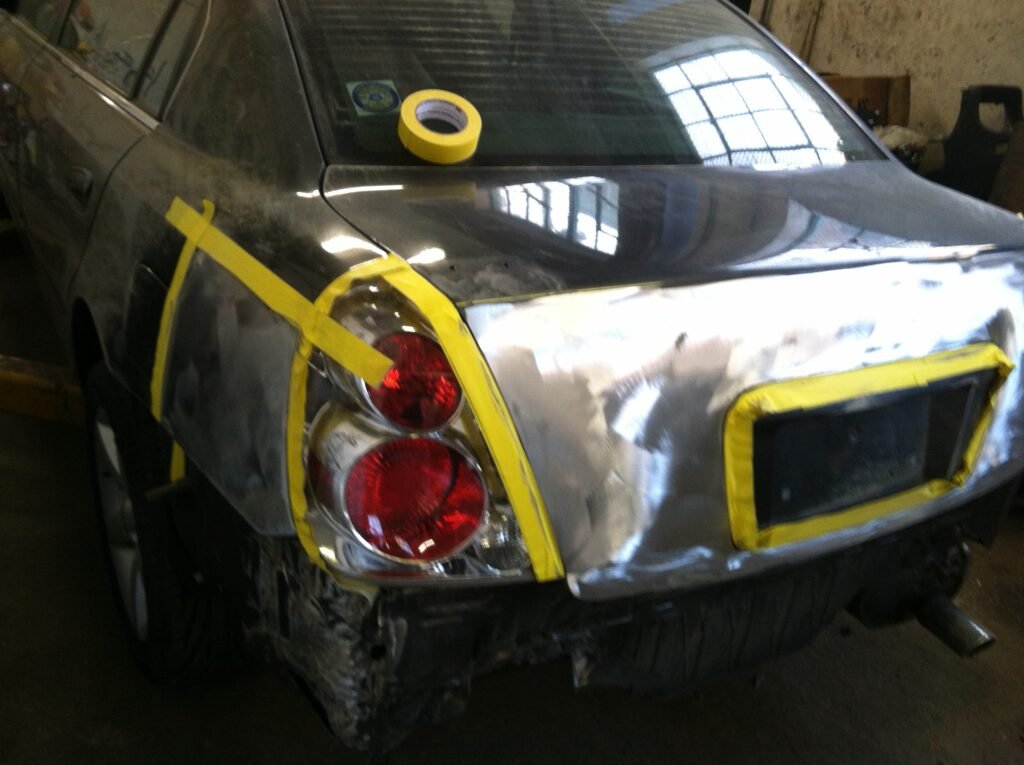
This is an image of a panel that has been grind down in preparation for repairs.
Car body repair is a vital aspect of maintaining the aesthetic appeal and structural integrity of vehicles. Various types of damages can occur due to accidents, weather conditions, or wear and tear, including dents, scratches, rust, and more severe structural issues. Each type of damage necessitates different repair techniques and tools to restore the vehicle to its original condition.
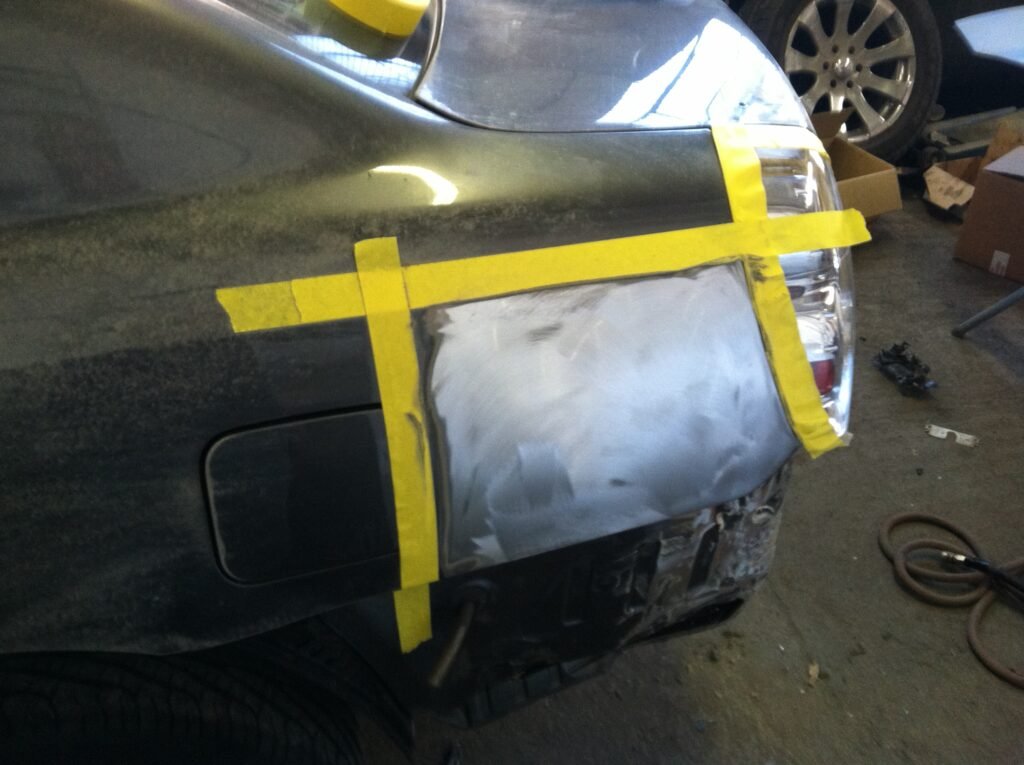
Minor damages, such as small dents or scratches, can often be repaired with simple methods like paintless dent repair or touch-up painting. For more extensive issues, like crumpled panels or frame damage, the process becomes more complex and may involve techniques such as welding, panel replacement, and frame straightening. Understanding these processes is essential for anyone looking to perform car body repairs effectively.
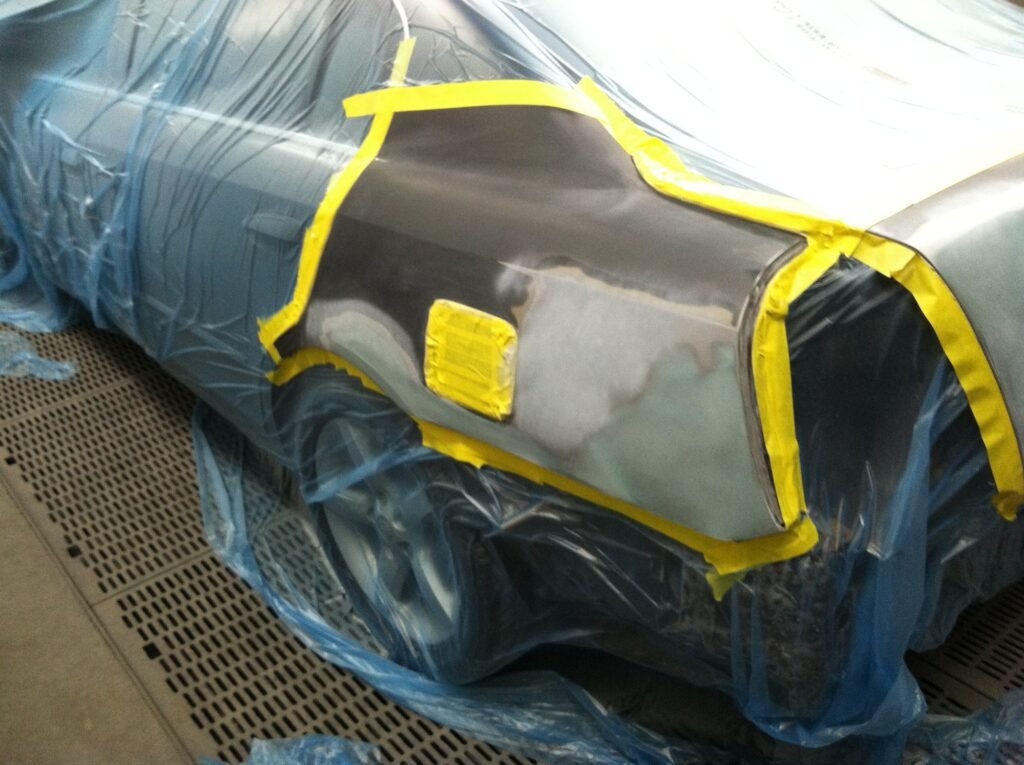
The importance of having the appropriate tools cannot be overstated. Essential tools for basic repairs include hammers, dollies, sanders, and body filler, while more advanced repairs may require specialized equipment like a frame machine or a paint booth. Each tool serves a distinct purpose, thereby enhancing the quality of the repair work. Mechanic skills such as attention to detail, hand-eye coordination, and an understanding of vehicle dynamics are also crucial for effective car body repair. Without the combination of the right tools and skills, achieving a satisfactory repair outcome becomes significantly more challenging.
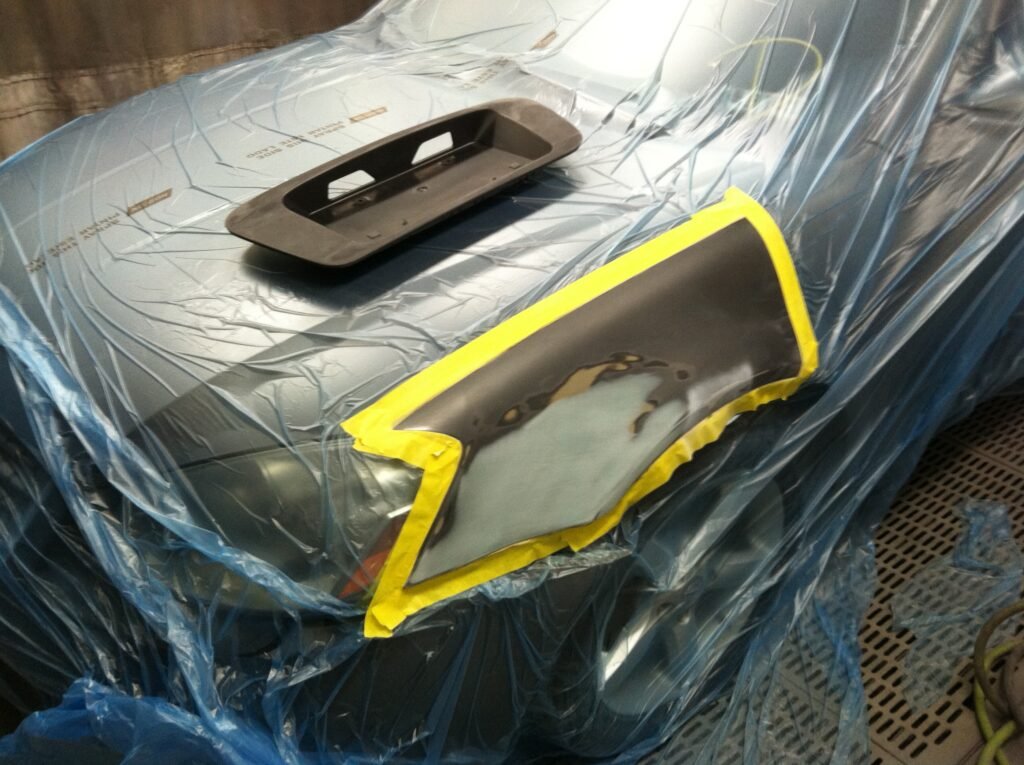
In summary, comprehending the fundamental aspects of car body repair, including the types of damages and essential repair techniques, lays the groundwork for understanding why specific tools are necessary for various tasks. Whether you are a DIY enthusiast or a professional, having insight into these basics will facilitate a more efficient and effective repair process.
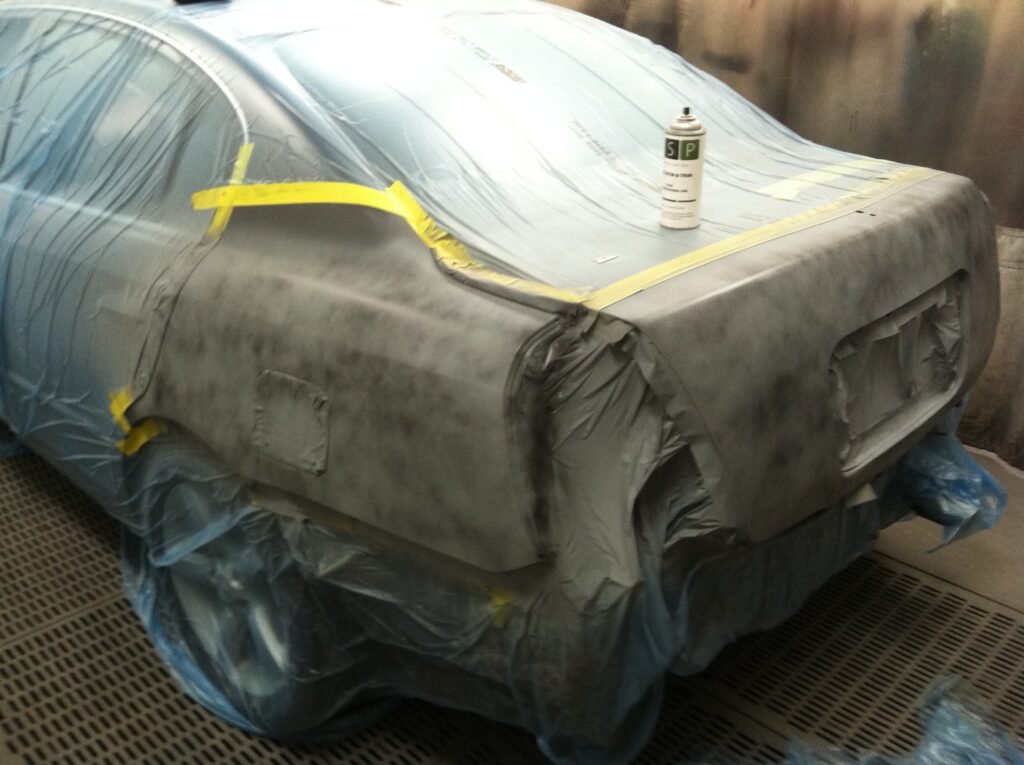
Essential Hand Tools for Car Body Repairs
When it comes to car body repairs, having the right hand tools at your disposal is essential for achieving high-quality results. Among the most critical tools in this category are hammers, dollies, and pry bars, each serving distinct functions that are integral to various repair processes.
Hammers are one of the primary tools for dent removal and metal shaping. Available in various types such as flat, rounded, or body hammers, each type caters to specific applications. For instance, a body hammer is typically used to shape metal when repairing larger dents, while a finishing hammer is designed for more detailed work that requires finesse. The correct use of these hammers not only expedites the repair process but also ensures that the metal retains its structural integrity, thereby enhancing the overall quality of the repair.
Dollies are essential companions to hammers and play a crucial role in shaping and contouring the metal body of vehicles. By providing a backing surface, dollies help in supporting the metal as it is hammered, allowing for precise adjustments to be made. They come in various shapes such as rounding, flat, or heel dollies, each designed to make specific contours in the metal. The investment in quality dollies is vital, as they can significantly improve the efficiency of the repair process.
Pry bars, although often overlooked, are invaluable for tasks such as levering panels back into place or creating gaps during repairs for easier access to damaged areas. Their sturdy construction makes them ideal for automotive applications, where strength and durability are paramount.
In conclusion, investing in high-quality hand tools for car body repairs—such as hammers, dollies, and pry bars—can greatly enhance both the quality and efficiency of repair work. By equipping oneself with these essential tools, one lays the foundation for successful automotive body work.
Power Tools That Make Body Repairs Easier
In the realm of auto body repairs, utilizing the right power tools is essential for achieving efficiency and precision. Among the most widely used power tools are sanders, grinders, and paint sprayers, each serving a specific purpose in the repair process.
Sanders are indispensable for smoothing out surfaces and removing imperfections. They come in various types, including orbital, belt, and detail sanders. The orbital sander is particularly popular due to its ability to minimize swirl marks and achieve a smooth finish. Additionally, belt sanders provide rapid material removal, making them ideal for larger areas, while detail sanders excel in tight corners and intricate spots. When selecting a sander, it is crucial to consider the speed settings, dust collection features, and the type of sanding discs or belts compatible with the model.
Grinders, on the other hand, are designed for more robust applications such as cutting, grinding, and polishing metal surfaces. Angle grinders are the most commonly used type in body shops due to their versatility and power. These tools efficiently remove rust, welds, and paint from surfaces, allowing for better adhesion of new materials. When choosing a grinder, look for options that offer adjustable speed settings and ergonomic designs for comfort during prolonged use.
Selecting the right power tools for car body repairs not only enhances the quality of the work but also ensures that tasks can be completed more quickly and safely. By understanding the applications and advantages of each power tool, car enthusiasts and professional mechanics alike can leverage these tools for optimal results in their repair projects.
Safety Gear and Equipment for Body Repairs
When engaging in body repairs on vehicles, ensuring a safe working environment is paramount. The risks associated with handling tools and materials can be significant, making the use of proper safety gear and equipment essential. Key items to consider include gloves, goggles, respirators, and protective clothing, each serving a vital role in safeguarding against potential hazards.
Gloves are often the first line of defense in maintaining safety during body repairs. They protect the skin from sharp edges, chemicals, and other harmful substances that may be present in paints and solvents. Selecting the appropriate type of gloves, such as nitrile,latex and gloves like mechanical gloves that have a tough layer and rubber protection that help keep you hands protected from injury, is crucial, as they offer different levels of protection and dexterity needed for intricate tasks.
Goggles are another important component of safety gear. They shield the eyes from debris, dust, and harmful fumes while providing a clear line of sight during repairs. Opt for goggles that comply with safety standards and provide a snug fit to prevent any particles from entering. Additionally, a quality respirator is essential when working with paint or other volatile compounds. This equipment filters out harmful airborne particles, ensuring that you breathe clean air while executing repairs.
Furthermore, adopting safe practices while using tools and handling materials is crucial in ensuring overall safety. Always read and follow the manufacturer’s instructions for equipment use, maintain a clutter-free workspace, and ensure proper ventilation. By committing to these safety measures and utilizing the appropriate safety gear, individuals can significantly reduce the likelihood of accidents and injuries during car body repairs.
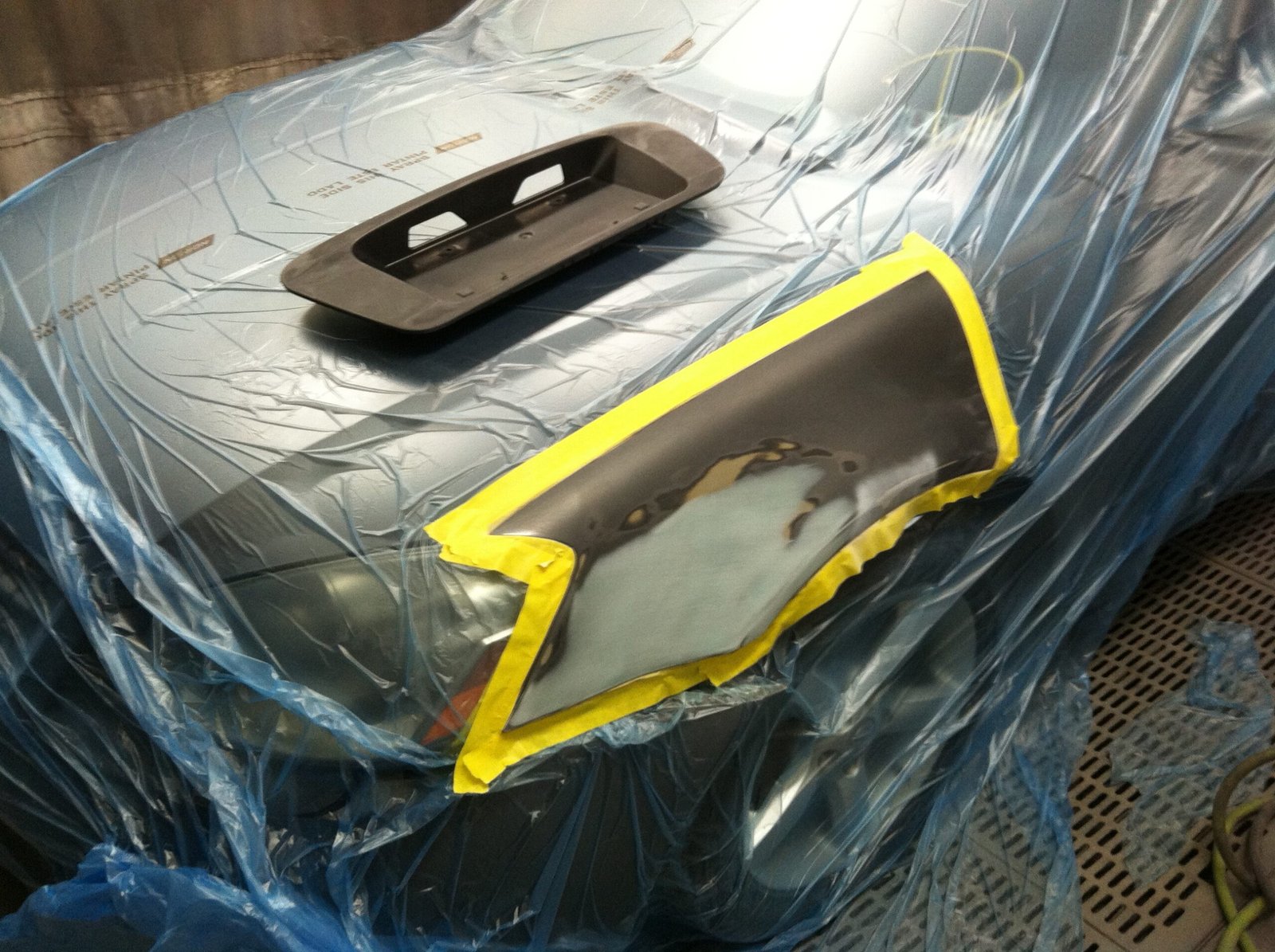




























Leave a Reply